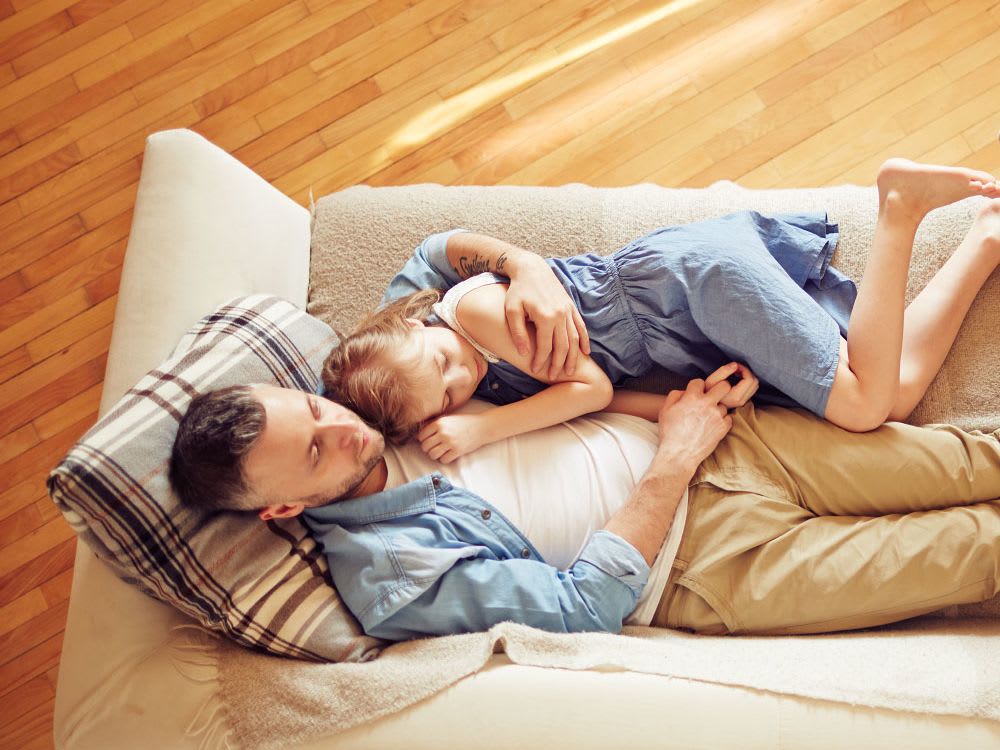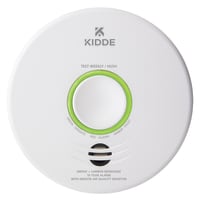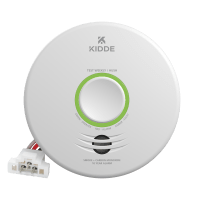In addition to the use of carbon monoxide alarms, a better understanding of carbon monoxide safety, including its sources, dangers, and health risks, can go a long way in preventing many of these deaths and hospitalizations.
Potential Carbon Monoxide Sources in Your Home
A multitude of everyday products can emit carbon monoxide, so ensuring that appliances are installed and maintained correctly is important to home safety. Here is a list of potential sources of CO in and around your home:
-
Dryers
-
Water heaters, furnaces, and boilers
-
Wood-burning and gas fireplaces and wood stoves
-
Gas stoves and ovens
-
All motor vehicles and boats
-
Grills, camp stoves, and fuel-burning lanterns
-
Generators
-
Power tools and lawn equipment
Carbon Monoxide Safety Tips
Understanding proper carbon monoxide safety and poisoning prevention is crucial to protecting your family and your home. Now that you’re familiar with potential sources of CO, follow the safety tips below to ensure you’re preparing your home in the best way possible.
-
Install at least one battery-powered carbon monoxide alarm or AC-powered unit with battery backup on each level of your home and near sleeping areas.
-
Check all CO alarms in your home weekly to make sure they don’t need new batteries and that they’re not displaying error codes.
-
Replace CO alarms every five to seven years to benefit from the latest technology upgrades in carbon monoxide detection.
-
Do not use charcoal or gas grills inside or operate outdoors near a window where carbon monoxide fumes could seep in.
-
Have a licensed professional inspect heating systems and other fuel-burning appliances annually to ensure that they are functioning properly.
-
Have fireplaces cleaned and inspected each year for build-up residue and keep chimneys clear of animal nests, leaves, and debris for clear ventilation.
-
Do not block or seal shut the exhaust flues or ducts used by water heaters, ranges, and clothes dryers.
-
Do not leave your car running in an attached garage or carport since vehicles release carbon monoxide when fuel is burned.
-
Do not use ovens or stoves to heat your home since they’re both a fire hazard and because gas fuel appliances give off carbon monoxide, especially if they’re installed incorrectly or malfunctioning.
-
Do not run gas-powered lawn equipment in a closed shed; instead, perform any maintenance required on equipment or tools in an area with open ventilation.
Carbon Monoxide Poisoning Symptoms
At high concentration levels, carbon monoxide can be fatal in under five minutes. At lower concentrations, exposure can cause severe health implications. Carbon monoxide is dangerous because when CO is inhaled, it displaces oxygen by bonding with hemoglobin and results in a lack of oxygen to cells in your body. Since organs such as the brain and heart rely on large amounts of oxygen, this makes carbon monoxide exposure extremely dangerous.
The initial symptoms of carbon monoxide poisoning are similar to the flu. They can include dizziness, carbon monoxide headaches, nausea, sleepiness, fatigue, weakness, disorientation, and confusion. Typically, a carbon monoxide headache will feel similarly to a tension headache. The dizziness that some people experience can present itself as vertigo, which can give you the feeling that you or the environment around you is spinning.
If you experience even mild carbon monoxide poisoning symptoms, you should immediately consult a physician.
The best way to protect yourself is to install combination smoke and carbon monoxide alarms appropriately throughout your home or workplace. Stay educated and aware of potential sources of CO and follow these carbon monoxide safety tips and proper home maintenance.






